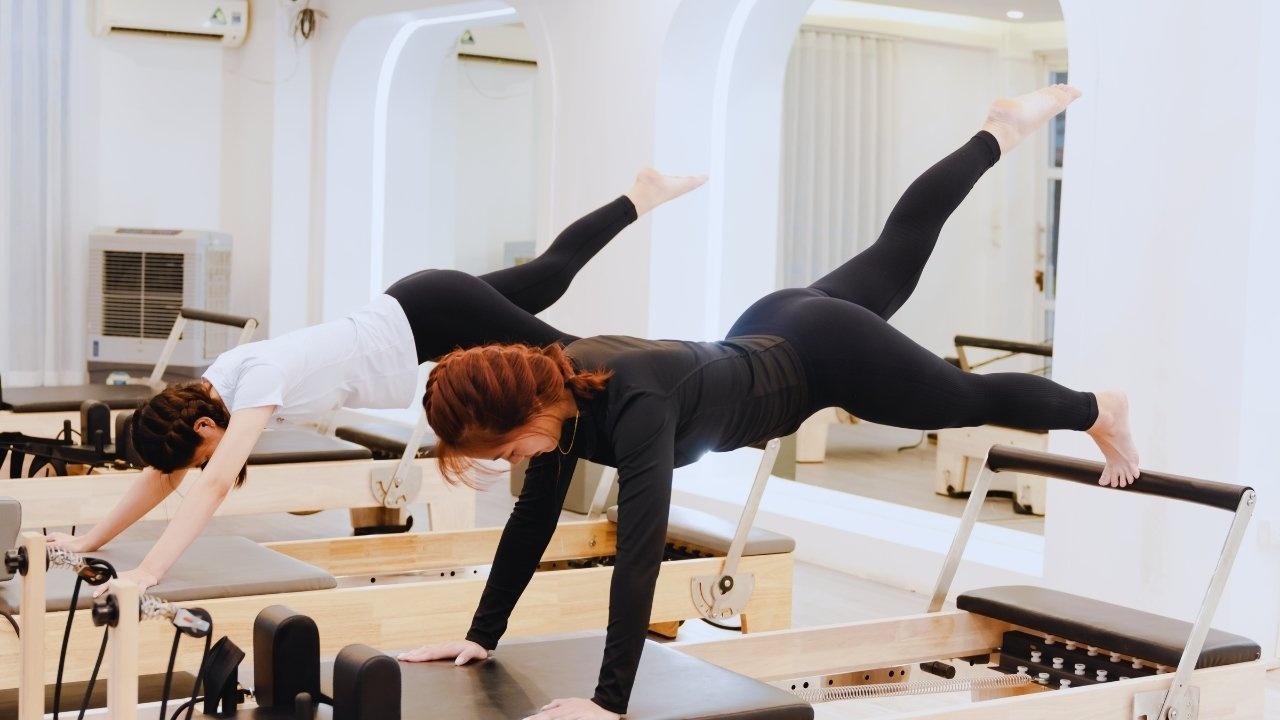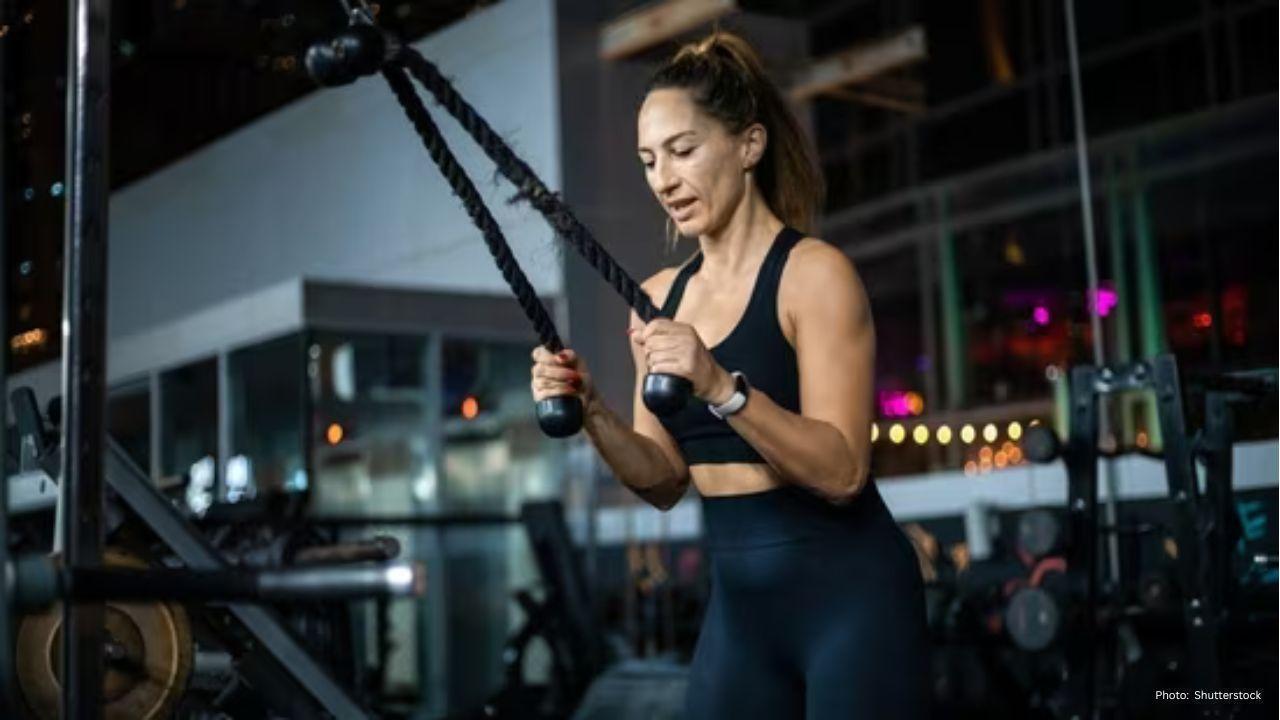
Join 10k+ people to get notified about new posts, news and tips.
Do not worry we don't spam!

Post by : Anis Farhan
Women’s wellbeing is undergoing a notable shift. In 2025 the discussion extends far past traditional reproductive and beauty frames to include hormonal balance, sustained energy, midlife vitality, data‑driven monitoring and bespoke care plans.
The era of one‑size‑fits‑all wellness is ending. Women now expect services and products that recognise their changing biology, varied priorities and different life phases. From fatigue and cycle health to menopause, mental resilience and strength training, the public conversation has widened.
This feature examines the principal forces reshaping women’s wellness this year, explains the drivers behind these changes, flags what is newly emerging and what still requires work, and offers practical ways for readers and writers to engage with the evolution.
Several converging factors are accelerating change in women’s wellness:
Greater biological diversity across longer lifespans. Women now navigate a broader range of life stages—puberty, fertility, motherhood, perimenopause, menopause and beyond—each with distinct needs.
Heightened attention to research gaps. Long‑standing under‑research of female‑centred conditions is being spotlighted, prompting calls for better evidence and funding.
Rise of femtech and monitoring tools. Wearables, apps and diagnostics are enabling women to gather, interpret and act on data tailored to their physiology.
Wellness as a broader cultural category. Women’s health now intersects fitness, nutrition, mental wellbeing, sleep and recovery—framed within a holistic wellness mindset.
Consumer demand for personalised, evidence‑based care. Women increasingly reject blanket health claims and seek solutions aligned with their goals—energy, resilience and functional strength.
Community influence via social platforms. Social media and peer networks are normalising topics like energy management, hormone optimisation and strength training, moving them into mainstream discussion.
Key areas gaining traction this year include:
Priorities have shifted: many women now place energy and fatigue management above aesthetic goals. Research indicates a substantial share of women list maintaining energy as their top wellness objective.
This reflects day‑to‑day realities—balancing work, caregiving and personal aims. Wellness is increasingly defined as the capacity to engage fully, not merely to lose weight.
In response, developers are introducing targeted offerings: rapid recovery protocols, midday energy supports, adaptogens and lifestyle designs focused on resilience rather than restriction.
Awareness of hormonal wellbeing across menstrual cycles, fertility windows, perimenopause and menopause is growing. Notable developments include:
Increased recognition of systemic bias in past medical research and the consequences for female care.
Expansion of peer networks and dedicated hubs addressing hormonal conditions and midlife health.
Tools and non‑invasive monitoring developed with women’s physiology in mind, from cycle trackers to hormone‑aware optimisation algorithms.
The framing is shifting from adapting women to male‑centred research toward designing solutions that fit women’s specific biology and stages of life.
Fitness goals are refocusing on strength, functional capacity and bone health, especially for women entering midlife. Many now prioritise becoming stronger rather than thinner.
While cultural and confidence barriers linger in some fitness settings, demand for resistance training, mobility work and movement practices tailored to aging bodies is increasing.
Wellness brands are reframing menopause as a phase with its own opportunities for strength and vitality, offering targeted nutrition, movement and recovery guidance for women in their 40s, 50s and beyond.
Customised wellness is expected rather than optional. Women are adopting devices and apps that monitor sleep, cycles, symptoms, recovery and stress—tools that increasingly reflect shifting physiology.
Alongside this uptake comes demand for clearer data practices: women want transparency on privacy, consent and clinical validity as femtech scales up.
Wellness now embraces emotional resilience, sleep health, recovery strategies and social wellbeing. Hormonal changes are recognised for their impact on sleep, making restorative practices—Pilates, mindful strength work, nature‑centred therapies—more popular than relentless high intensity.
Recovery is reframed as an active component of health—supporting the nervous system, managing stress and aligning movement with cycle phases to reduce burnout.
Nutrition choices are tilting toward function: supporting hormone balance, bone and muscle health and sustained energy. Ingredients like protein, fibre, collagen and select probiotics are central to this shift.
Messaging is moving away from restriction toward optimisation—asking what the body needs now rather than applying a universal diet template.
Products targeting women’s sleep disruptions—addressing hot flashes, night sweats and cycle‑linked insomnia—are emerging.
Peer support spaces and non‑clinical hubs focused on hormones and midlife issues are expanding in many markets.
Femtech start‑ups are prioritising non‑invasive diagnostics, AI‑assisted cycle and hormone insights, and near‑real‑time feedback.
Nutrition trends emphasise energy management—combining protein, fibre and recovery‑supporting strategies rather than calorie restriction.
Marketing narratives are shifting from thinness ideals to themes of strength, vitality and autonomy.
Data ethics around cycle tracking and femtech have become central issues, prompting calls for stronger regulation and transparency.
For women, this transformation promises:
More options tailored to biological stage and personal goals.
Greater agency over wellness choices through tracking and tailored plans.
A broader conception of health that values strength, stamina and function.
Better resources for midlife transitions that have long been underserved.
For journalists and content creators it opens up richer beats:
Stories beyond weight loss—think cycle optimisation, strength training after 45, sleep solutions for menopause, and femtech validation.
Higher demand for rigorous, evidence‑based, gender‑specific wellness coverage.
Opportunity to examine equity gaps: research funding shortfalls, data governance in femtech, and accessibility of female‑focused services.
Progress is visible but challenges endure:
Research into many female‑specific conditions remains limited and underfunded.
Access remains unequal; many solutions are costly or concentrated in wealthier urban markets.
Data privacy risks persist in cycle tracking and femtech without robust consent frameworks.
Weight stigma continues to shape cultural expectations despite the focus on strength.
Some femtech and functional food claims outpace the evidence base, underscoring the need for consumer literacy.
Ways to engage with these trends thoughtfully include:
Establish a baseline: Identify your life stage and current wellness priorities—energy, hormones, strength or recovery.
Ask specific questions: Swap generic health aims for targeted queries, such as sustaining energy through work or supporting sleep in midlife.
Use technology with caution: Check privacy and clinical relevance; use tracking to guide action rather than as an end in itself.
Make recovery a priority: Treat sleep, rest and nervous‑system care as active components of wellbeing.
Embrace strength and function: Incorporate resistance training and mobility work, especially as you age.
Focus nutrition on function: Prioritise nutrients that support energy, hormones and musculoskeletal health, not just calorie cutting.
Read critically: Scrutinise wellness claims, funding sources and the evidence behind products and services.
Looking ahead, women’s wellness is likely to evolve in these directions:
Deeper integration of female‑specific data and life‑stage insights into consumer wellness tools.
More inclusive offerings across ethnicity, income, geography and age.
Tighter links between consumer wellness platforms and clinical care, enabling more holistic support.
Recognition of midlife wellbeing as a priority category—covering menopause, bone health, strength and vitality.
Stronger oversight on femtech ethics, data use and health claims.
In 2025 women’s wellness has become more central, broader and more nuanced. From managing fatigue and hormonal health to building strength and using personalised tech, the sector is maturing.
For women this means richer, more relevant options and greater control over wellbeing. For writers and editors it presents an opportunity to tell deeper, evidence‑led stories that reflect the realities of half the population.
The narrow scripts of “thinness first” are being replaced by a more meaningful ethos: fit to feel strong, capable and well. That is a consequential and overdue shift.
This piece is intended for informational and editorial purposes only. It outlines trends in women’s wellness and is not medical, nutritional or therapeutic advice. Readers should consult qualified professionals for personal health decisions.










Paramount+ to Stream PBR’s 'Unleash the Beast' in New Five-Year Deal
Paramount+ will stream PBR’s 'Unleash the Beast' across the U.S. starting this December under a five

Zohran Mamdani Clinches NYC Mayoral Seat as Victory Speech Blends Politics and Bollywood
Zohran Mamdani won New York City's mayoral race, becoming the city's first Muslim and South Asian ma

India Wins First Women’s World Cup 2025 Title
India lifts its maiden Women’s World Cup 2025 title! Harmanpreet Kaur’s team stuns South Africa in a

Manuel Frederick, 1972 Olympic Bronze Goalkeeper, Dies at 78
Manuel Frederick, a member of India’s 1972 Olympic bronze hockey team, has died in Bengaluru at 78 a

Muhammad Hamza Raja Wins IFBB Pro Card Puts Pakistan & UAE on Global Stage
Pakistani bodybuilder Muhammad Hamza Raja earns IFBB Pro Card in Czech Republic, showcasing Dubai’s

Shreyas Iyer’s Recovery Underway After Spleen Laceration in Sydney ODI
Shreyas Iyer is recovering after a spleen laceration sustained while taking a catch in the Sydney OD